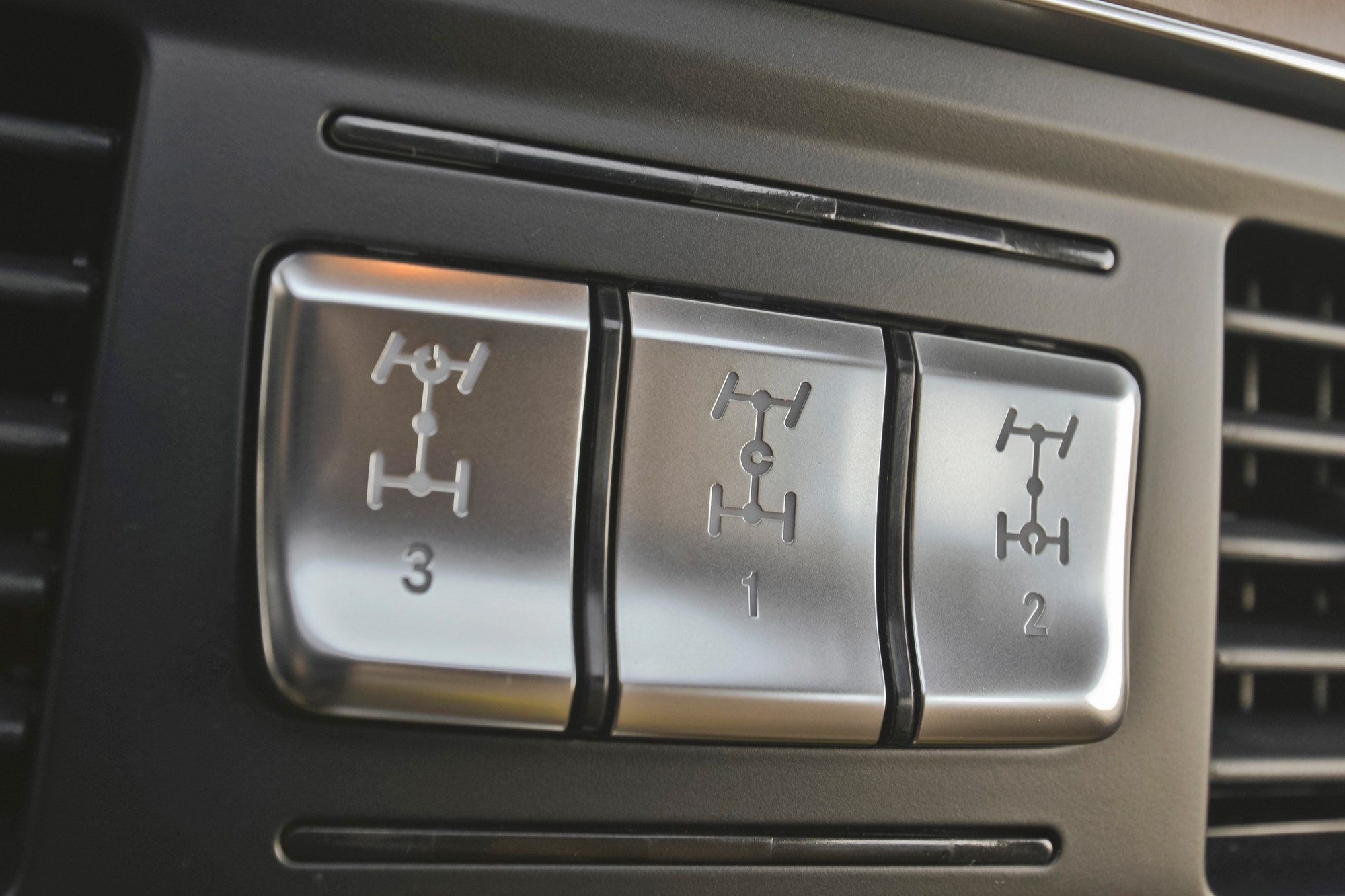Center Differential Locks: What You Need to Know
This traction-aiding feature might help get you out of a tricky situation.
 Mercedes-Benz
Mercedes-Benz
Let's say you've parked your all-wheel-drive vehicle at the mall during the holidays. Parking spots are few and far between, so you take one where you have to park with one wheel on a patch of ice.
No problem, you think. I have all-wheel drive.
Not so fast. In some all-wheel-drive vehicles, the wheel on the ice will just spin when you try to move out of that spot, and the others won't move at all. The reason? It's your center differential.
What Is a Center Differential?
A differential is essentially a mechanism that allows the wheels of a car to spin at different rates, such as when turning. Rear-wheel-drive cars have a differential in the rear, while front-wheel-drive cars have a differential between the front wheels. Center differentials are found in all-wheel-drive vehicles such as the Chevrolet Trailblazer and in full-time four-wheel-drive rigs such as the Mercedes-Benz G-Class.
In most all-wheel drive vehicles, the car's computer decides how much power to send to the front or rear wheels during normal driving conditions. Some sportier crossovers such as the Mazda CX-90 might have a rear-wheel-drive bias, but most feature a front-wheel-drive bias. However, what happens if you want to put an equal amount of power to both the front and the rear?
When You Should Lock the Center Differential
Most all-wheel-drive vehicles do not allow drivers to lock the center differential. Instead, the vehicle decides how to distribute the power. However, there are a few outliers that give drivers control, for example, the Kia Seltos and the Kia Telluride. You're more likely to find center-differential locks on more off-road-specific vehicles such as the G-Wagen, the Lexus GX 460, and in older Land Rovers.
How these differentials actually operate depends on the vehicle. From the driver's perspective, however, they are an added tool to help out when the going gets a bit rougher.
When would you want equal power going to the front and rear wheels? It's all about traction. In our icy parking spot example, locking the center differential would split the power front to rear, allowing the axle with two wheels on pavement to move the vehicle. If you're driving on dirt, gravel, snow, or mud, locking the center differential can make it easier to keep moving forward and will give you greater stability without traction control working overtime.
You should unlock your center differential as soon as your off-road adventure ends. On high-traction surfaces, a locked center differential can stress the drivetrain when driving around corners.
How to Lock the Center Differential
If your vehicle's center locker has various selectable settings, you'll have a button inside the cabin that typically looks like an X between the front and rear wheels. Push it and the computer will split the power evenly between the front and rear wheels for better traction.
Note that the differential lock may disengage automatically once the vehicle has reached a certain speed.
Written by humans.
Edited by humans.
 Emme Hall
Emme HallEmme Hall loves small convertibles and gets out to the canyons in her 2004 Mazdaspeed Miata whenever she can. You can also find her in the dirt in her lifted (yes, that's right) 2001 Mazda Miata, or racing air-cooled Volkswagens in races like the Baja 1000. She's taken first place twice in the Rebelle Rally — once driving a Jeep Wrangler and then a Rolls-Royce Cullinan the second time. She was also the first driver to take an electric vehicle to the Rebelle Rally when campaigning the Rivian R1T to a top-five finish.
Related articles
View more related articles